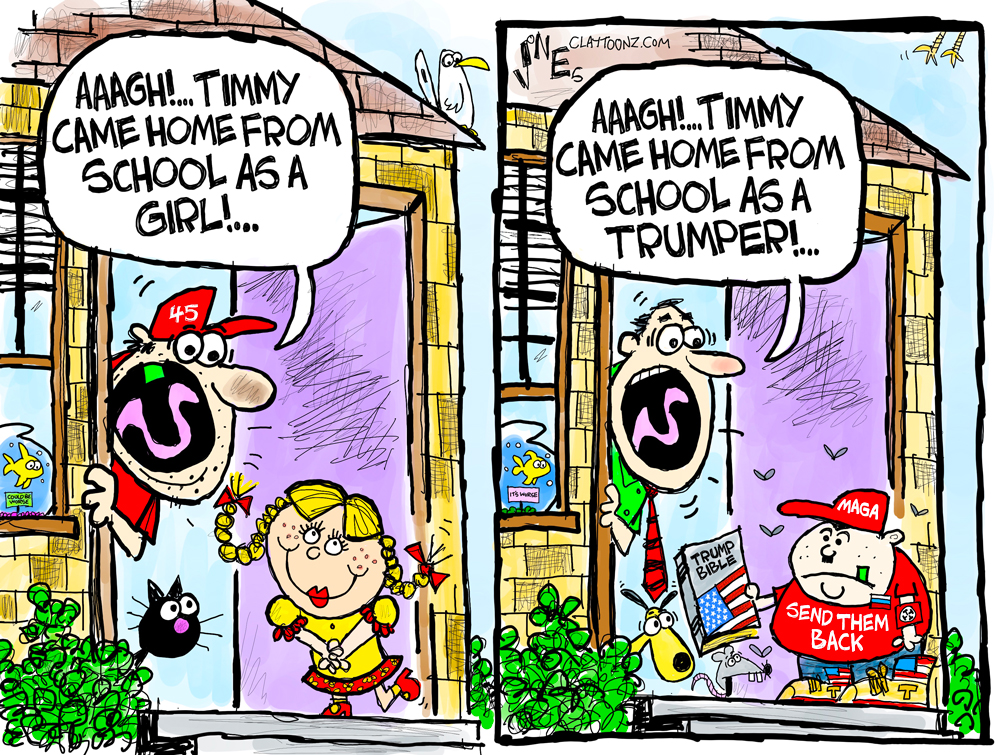
None of those lies are more outrageous than Trump’s claim that schools are giving your children sex change operations. Seriously. Trust me, America, you do not have to give your kids a nightly hoo-ha check. At one of his hate rallies, Trump said, “The transgender thing is incredible. Think of it: Your kid goes to school and comes home a few days later with an operation. The school decides what’s going to happen with your child. And you know, many of these childs15 years later say, ‘What the hell happened, who did this to me?’ They say, ‘Who did this to me.’” This is horrifying because now Donald Trump won’t know which dressing rooms to barge in on. This shit just makes my job tougher. It’s hard to add exaggeration and hyperbole to a lot of this shit. There should be a new cartoon contest with the winner being who can write satire more absurd than the shit Trump says and believes. […] Just as he’s fear-mongering about immigrants raping, murdering, eating pets, and updating the Kars4kids jingle, Trump and his ilk are dehumanizing transgenders in order to win the election while ignoring real problems with schools, such as school shootings.” Read more at Clay Jones’s Substack newsletter.
Weather: Partly sunny, with a high near 71. Breezy, with a north wind 13 to 16 mph, with gusts as high as 24 mph. Wednesday Night: Partly cloudy, with a low around 61. North wind around 11 mph, with gusts as high as 17 mph.
- Daily weather briefing from the National Weather Service in Jacksonville here.
- Drought conditions here. (What is the Keetch-Byram drought index?).
- Check today’s tides in Daytona Beach (a few minutes off from Flagler Beach) here.
- Tropical cyclone activity here, and even more details here.
Today at a Glance:
Flagler Cares hosts its quarterly Help Night from 3 to 7 p.m. at the Flagler County Village Community Room, 160 Cypress Point Parkway, Suite B304, Palm Coast. Help Night is organized and hosted by Flagler Cares and other community partners as a one-stop help event. Representatives from Flagler County Human Services, Early Learning Coalition, EasterSeals, Family Life Center, Florida Legal Services, Lions Club, and many other organizations will be available to provide information and resources. The event is open to the public, free to attend, and will offer assistance with obtaining various services including autism screenings, phones (low-income qualification), fair housing legal consultations, Marketplace Navigation, childcare services, SNAP and Medicaid application assistance, behavioral health services, and much more. Flagler Cares is a non-profit agency focused on creating a vital, expansive social safety net that addresses virtually all the health and social needs of our community. Flagler Cares works with clients to identify needs and create solutions that address those unique needs. Flagler Cares is proud to have a wide range of community partners who are committed to providing high quality services to those who need them most. Flagler Cares is also passionate about filling gaps and bringing needed services into the county where they did not previously exist. For more information about this event, please call 386-319-9483 ext. 0, or email [email protected].
The Flagler County Contractor Review Board meets at 5 p.m. at the Government Services Building, 1769 East Moody Boulevard, Bunnell. Staff liaison is Bo Snowden, Chief Building Official, who may be reached at (386) 313-4027. For agendas and details go here.
Flagler County’s Technical Review Committee Meeting at 9 a.m., first floor Conference Room, at the Government Services Building, 1769 East Moody Boulevard, Bunnell. The Technical Review Committee (TRC) is a quality control committee that provides technical review of project plans. Staff Liaison is Gina Lemon, 386-313-4067.
The Flagler County Tourist Development Council meets at 9 a.m. in board chambers at the Government Services Building, 1769 East Moody Boulevard, Bunnell. See details and agendas here.
The Flagler County Canvassing Board meets today at the Flagler County Supervisor of Elections office, Government Services Building, 1769 East Moody Boulevard, Bunnell. The meeting is open to the public. Check the time in the sidebar or in this chart, which includes the full year’s meeting schedule (the pdf schedule does not include the dates and times of required Canvassing Board meetings which may be necessary due to a recount called locally or statewide.) The board is chaired by County Judge Andrea Totten. This Election Year’s board members are Supervisor of Elections Kaiti Lenhart and County Commissioner Dave Sullivan. The alternates are County Judge Melissa Distler and County Commissioner Donald O’Brien. March-April meetings are for the presidential preference primary, such as it is. See all legal notices from the Supervisor of Elections, including updated lists of those ineligible to vote, here.
The Palm Coast Planning and Land Development Board meets at 5:30 p.m. at City Hall.
A Community Presentation on Sand Dunes By Florida Sea Grant and UF/IFAS Extension Flagler, 10 a.m. at the UF/IFAS Extension Flagler County Office, 150 Sawgrass Road, Bunnell (the county fairgrounds). Join Florida Sea Grant and UF/IFAS Extension Flagler County to learn more about the ecology of our beach dunes. Participants will learn about beach dynamics, the role of sand dunes, and how to identify many of the species of plants that grow on our dunes. We will also be sharing information about the participatory science dune monitoring pilot program starting soon along Flagler County beaches and how you can get involved with monitoring the growth of newly planted sea oats. This is a free educational program that is open to all, but advance registration is required due to limited seating in some locations. Event details and registration can be accessed online at https://tinyurl.com/DunePresentation.
Separation Chat, Open Discussion: The Atlantic Chapter of Americans United for the Separation of Church and State hosts an open, freewheeling discussion on the topic here in our community, around Florida and throughout the United States, noon to 1 p.m. at Pine Lakes Golf Club Clubhouse Pub & Grillroom (no purchase is necessary), 400 Pine Lakes Pkwy, Palm Coast (0.7 miles from Belle Terre Parkway). Call (386) 445-0852 for best directions. All are welcome! Everyone’s voice is important. For further information email [email protected] or call Merrill at 804-914-4460.
Weekly Chess Club for Teens, Ages 9-18, at the Flagler County Public Library: Do you enjoy Chess, trying out new moves, or even like some friendly competition? Come visit the Flagler County Public Library at the Teen Spot every Wednesday from 4 to 5 p.m. for Chess Club. Everyone is welcome, for beginners who want to learn how to play all the way to advanced players. For more information contact the Youth Service department 386-446-6763 ext. 3714 or email us at [email protected]
The Circle of Light Course in Miracles study group meets at a private residence in Palm Coast every Wednesday at 1:20 PM. There is a $2 love donation that goes to the store for the use of their room. If you have your own book, please bring it. All students of the Course are welcome. There is also an introductory group at 1:00 PM. The group is facilitated by Aynne McAvoy, who can be reached at [email protected] for location and information.
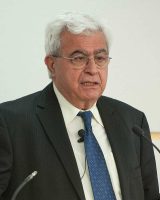
Notably: I missed this almost a month ago: Lebanon’s leading novelist and essayist, Elias Khoury, who made the occasional Nobel shortlist, died on Sept. 15. He was 76. L’Orient-Le Jour, the French daily in Beirut, gave him three paragraphs the day he died: “Born in Achrafieh (Beirut) to a middle-class Greek Orthodox Christian family, Khoury became involved with Fateh, the armed wing of the Palestine Liberation Organization (PLO), and participated in the Lebanese Civil War as part of the National Movement, a left-wing, pro-Palestinian alliance. He was seriously wounded during the conflict, temporarily losing his sight. Khoury maintained a lifelong commitment to the Palestinian cause and close ties with prominent figures like Mahmoud Darwish and Edward Said. He worked at several Palestinian institutions, including the Institute for Palestine Studies, and served as editor-in-chief of the Journal of Palestine Studies.” The paper gave him a worthier appraisal the next day: “Beirut was one of his great loves. It inhabited him almost as much as he inhabited it. In the Lebanese capital’s finest hours and its saddest, the Lebanese novelist Elias Khoury never stopped coming back. It’s where he was born, and where he breathed his last Sunday, at the age of 76. […] Beirut was home to his commitments before, during and after the civil war, from fighting the Israeli siege in 1982 to opposing Rafic Hariri’s Solidere reconstruction projects in the 1990s. But faced with the gradual decline of a city under the tutelage of Damascus and its allies and ravaged by the corruption of a lawless political class, he was never fooled: “The idea of a renaissance has been very important among Arab intellectuals and poets,” he told Banipal magazine back in 2001. “I don’t think we can raise Beirut from the ashes. In fact, I don’t like the whole phoenix myth, because I think that when someone died, he had to die. You don’t want it to be reborn, you want something else to emerge,” he said, almost two decades before the double explosion in the port. He explained that Beirut was no longer Beirut in his point of view. […] Two subjects recur in the writer’s work: The Lebanese civil war and the Palestinian Nakba. Rania Samara emphasized that “they are constantly recurring in his work, like a haunting leitmotif.” She also detected stylistic evolutions in a body of work where Arabic is first discreetly introduced into a narrative in classical language, before blending “naturally into his style” over time, to the point of becoming “characteristic of his writing.” Of the 14 novels published by Khoury, “Gate of the Sun” remains the most famous, and for good reason: It is the story of the Palestinian exodus and the Nakba. “Along with Mahmoud Darwish and Edward Said, Elias Khoury was able to express the Palestinian soul. He wrote the most beautiful novels about Palestine,” said Leila Shahid, former delegate general of the Palestinian Authority to France and the European Union. “The title ‘Gate of the Sun’ — ‘Bab al-Shams’ in Arabic — even became in 2013 the name of a protest village founded by Palestinian activists near the illegal settlement bloc of Maale Adumim, east of Jerusalem, to protest against the occupation,” she added.” The London Review of Books wrote: “When his early book The Little Mountain (1977) was translated into English in 1988, Edward Said – contrasting him with Naguib Mahfouz – described Khoury in the LRB as a ‘politically committed, and, in his own highly mobile modes, brilliant figure’. A journalist, publisher and ‘highly perceptive critic’ as well as a novelist, Khoury ‘forged (in the Joycean sense) a national and novel, unconventional, postmodern literary career’. He had also been ‘a political militant from his early days, having grown up as a 1960s schoolboy in the turbulent world of Lebanese and Palestinian street politics.’”
—P.T.
View this profile on Instagram
![]()
The Live Calendar is a compendium of local and regional political, civic and cultural events. You can input your own calendar events directly onto the site as you wish them to appear (pending approval of course). To include your event in the Live Calendar, please fill out this form.
January 2026
Flagler Beach United Methodist Church Food Pantry
Flagler County Drug Court Convenes
Story Time for Preschoolers at Flagler Beach Public Library
Model Yacht Club Races at the Pond in Palm Coast’s Town Center
Free For All Fridays With Host David Ayres on WNZF
First Friday Garden Walks at Washington Oaks Gardens State Park
Friday Blue Forum
First Friday in Flagler Beach
Free Family Art Night at Ormond Memorial Art Museum and Gardens
For the full calendar, go here.

It is the time for death in Lebanon. Anyone who has followed the country’s modern history might well be confused. In 2000 Lebanon’s resistance expelled the Israeli army from the land it had occupied in the south. A popular intifada expelled the Syrian army in 2005. How could a minor military operation undertaken by Hizbullah send Lebanon back to square one? We seem to be entering a labyrinth from which nobody can find the way out. The only certainty is that Lebanon is facing destruction, that the dream of restoring the country to independence is on hold. In 1978 Israel devastated Lebanon and established a military cordon in order to protect its northern settlements from the PLO’s Katyusha rockets. The country became the site of a series of wars, invasions and retreats. Then in 1982 Israel, under the leadership of Menachem Begin, decided that a decisive victory was necessary. Armoured columns invaded Lebanon, and reached the outskirts of Beirut. The objective was to get the Palestinians out of the way and to end their hopes of creating an independent state. Yasir Arafat and his men were forced to leave Lebanon by sea and go into exile in Tunisia. With the massacres in the camps of Sabra and Shatila, the Israelis visited new humiliations on the Arab world. They were convinced that the confrontation on their northern border was over, and that their armies had managed not only to end the threat against them, but also to subjugate the Palestinians and the Lebanese. It didn’t work out like that. Arafat moved to Ramallah, where he would become the first Palestinian leader after the nakba of 1948 to live until his last days in his homeland, and the Israeli army was forced to withdraw from Lebanon. […] The Israelis say they do not want to occupy Lebanon. This is also what the Americans say about Iraq. The issue, however, is not what they want but what they are doing. Can Israel tolerate religious and ethnic chaos on its borders? Is it performing a service to the United States by trying to weaken Hizbullah, Iran’s strongest ally in the region, prior to the opening up of the Iranian nuclear file? What is clear, beneath the drone of the missiles hurled at the southern suburbs of Beirut, is that Israel, realising it is incapable of destroying Hizbullah, has decided to destroy Lebanon. But the madness is not just Israeli. Much of the Arab world is following the road to self-destruction, via a fundamentalist ideology that, perhaps unwittingly, reflects the worldview of Bernard Lewis’s disciples, the neo-orientalists. Lebanon is caught between Israel’s strategy and Syria’s. Israel, like the wolf in sheep’s clothing in Aesop’s fable, has taken on the role of the victim. But Israel also claims that its prey is not a sheep but a wolf, and it’s certainly true that Israel forces it to act like a wolf.
–From “Do I see or do I remember?” by Elias Khouri, London Review of Books, August 2, 2006.







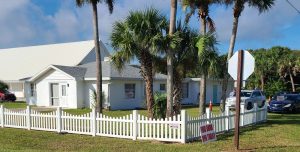


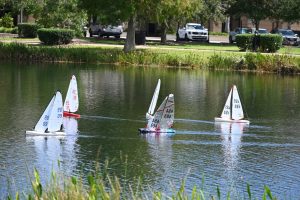
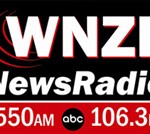

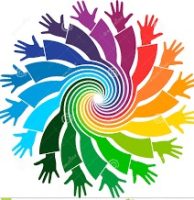
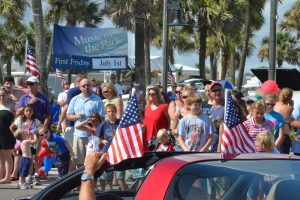























Ray W, says
On July 23, 2024, the Congressional Budget Office published a report titled “Effects of the Immigration Surge on the Federal Budget and the Economy”.
Here are some of the bullet points from the study:
– Based on immigration trends through 2020, it was anticipated that net immigration would average 200,000 immigrants per year over the six years from 2021 to 2026. Net total means the number of incoming immigrants less those who move on to a second country, less those who return to their home country, and less those who pass away. This means that it was originally anticipated from trends up to 2020 that a net 1.2 million immigrants would enter the country between 2021-2026.
Based on an incremental analysis of the “surge” in immigration that occurred since 2021, the CBO now estimates that a net 8.7 million more immigrants will enter the country by 2026, for a total of a net 9.9 million, or an average of about a net 1.65 million per year, or an average of about a net 138k per month, or an average of about a net 4,467 per day, using a 30-day month.
– The greater immigration total would boost federal revenues, plus boost mandatory spending and interest payments on the debt. The total effect would be a lowering of the deficit by $0.9 trillion over the 2024-2034 period. This lowering effect factors in payment of taxes by the additional immigrants against those collecting federal benefits.
– The study did not look at the effect of the surge on state and local revenues and costs.
The budgetary effects are calculated to be:
– Federal revenues, including income and payroll taxes, is expected to add $1.2 trillion in total federal revenues, which is different from the $0.9 trillion reduction in the deficit.
– “In addition, the surge is projected to boost economic activity and, in turn, tax revenues.”
– The surge adds $0.3 trillion to net spending on interest on the debt and to “outlays” for federal mandatory programs between 2024-2034.
– As for discretionary federal programs, an anticipated increase of $0.2 trillion in expenditures is anticipated from 2024-2034.
The economic effects are calculated to be:
– “In CBO’s projections, the surge boosts total nominal gross domestic product (GDP) by $1.3 trillion (or 3.2%) in 2034 and by $8.9 trillion over the 2024-2034 period. The surge increases the total amount of wages paid each year by a percentage that grows steadily over that period and reaches 3 percent in 2034. Those additional wages are a major contributor to the boost in revenues because they are subject to both payroll and income taxes. …”
Make of this what you will. Me? If the native-born work force dropped as reported in other studies by 770k last year, mainly due to baby boomers who are retiring out of the work force faster than native-born workers are aging into the work force, then we need immigrants just to hold even. The BLS reports an addition of 254k jobs in September. Without enough native-born workers to fill those new jobs, we needed over 8,000 new immigrants each day in September just to fill the new jobs.
If the CBO concludes that the “surge” will add revenues greater than costs (it does), then the issue is a no-brainer.